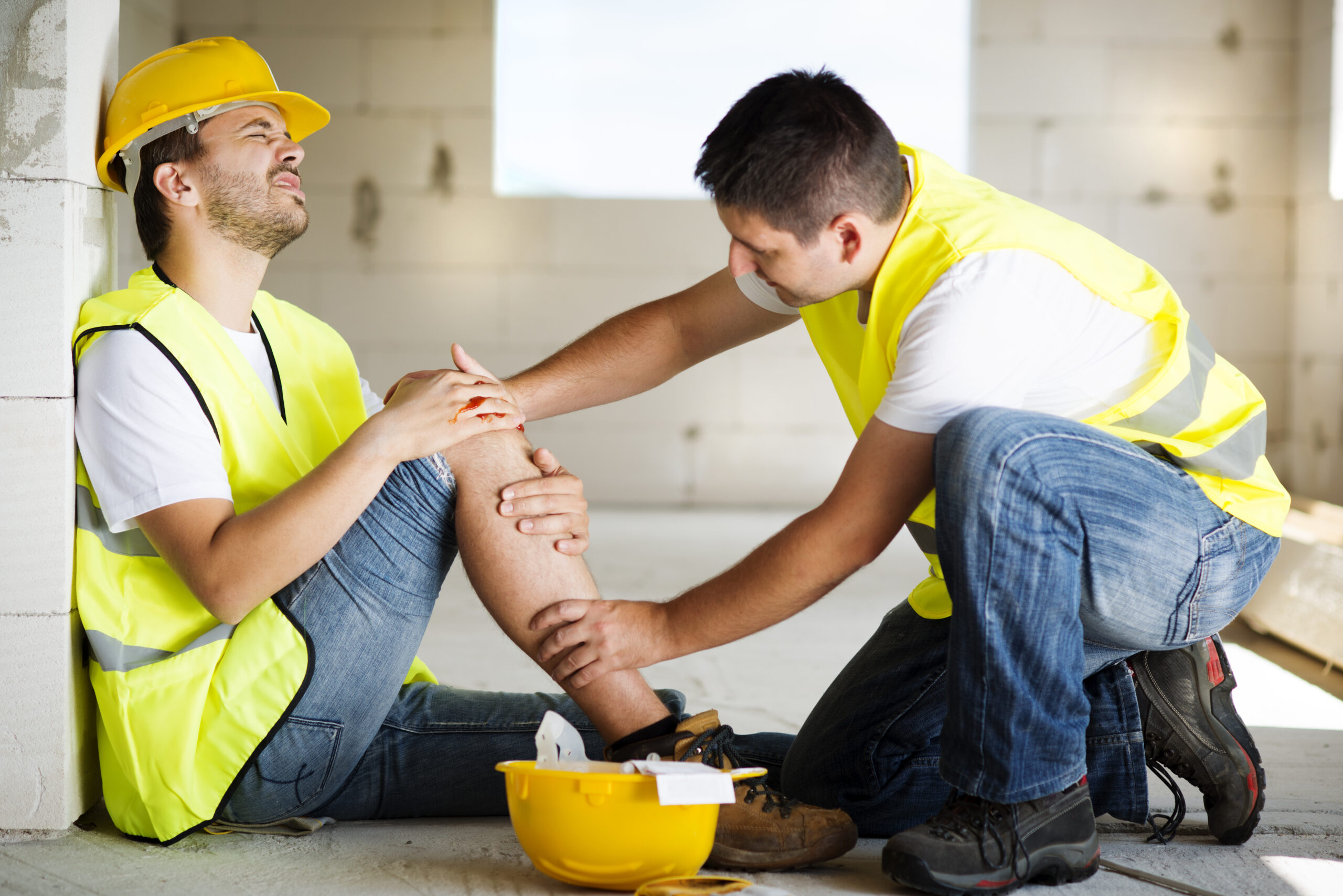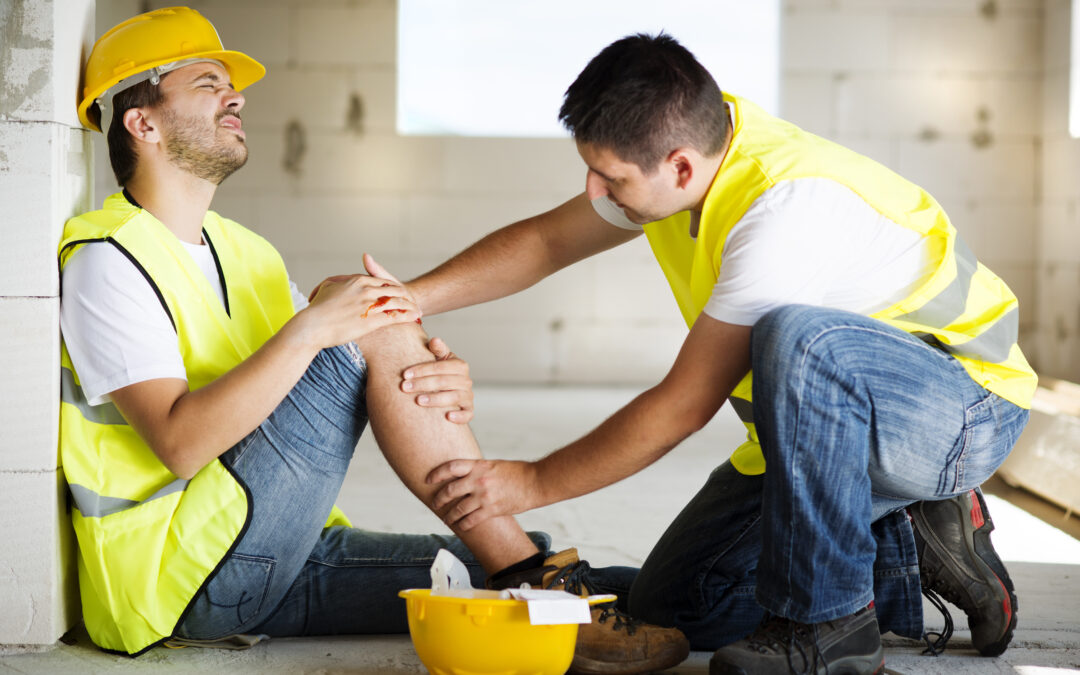Disasters can strike at any time, and it’s essential that you are prepared. Whether it be a natural disaster like a hurricane or earthquake, or a man-made crisis such as a terrorist attack or pandemic outbreak, being ready could mean the difference between life and death. In this guide, we will cover everything you need to know about preparing for the worst.
Introduction to Disaster Preparedness
The first step in disaster preparedness is understanding what types of emergencies may occur in your area. This includes both natural and man-made disasters. Once you have identified potential risks, it’s crucial to create a plan that covers all scenarios. Your plan should include evacuation routes, safe meeting places, and communication protocols with family members.
Creating a Disaster Plan
To begin creating your disaster plan, start by identifying potential hazards in your area. These might include floods, wildfires, tornadoes, or even chemical spills. Next, determine how far away from these hazards you feel comfortable living. You may want to consider relocating if you live directly in harm’s way.
Once you have identified potential threats, it’s time to develop an action plan. This should outline exactly what steps you will take during each stage of an emergency. For example, if there is a fire nearby, do you evacuate immediately or wait until conditions worsen? Make sure everyone in your household knows their role in executing the plan.
Building an Emergency Kit
Another critical component of disaster preparedness is building an emergency kit. This should contain supplies that will help you survive for up to 72 hours without access to electricity or running water. Some essentials to include in your kit are non-perishable food items, bottled water, flashlights, extra batteries, and first aid supplies. It’s also important to have copies of important documents such as birth certificates, social security cards, and insurance policies.
Staying Informed During a Crisis
During a crisis, staying informed is key. Keep track of local news reports and weather updates so that you know what’s happening around you. Consider investing in a NOAA Weather Radio, which provides real-time alerts and information on severe weather events. Additionally, sign up for community alert systems, such as text message notifications or email lists, that provide updates on emergency situations.
Practicing and Maintaining Your Plan
Finally, practicing and maintaining your disaster plan is vital. Conduct regular drills with your family to ensure everyone understands their roles and responsibilities. Also, make sure to update your plan regularly based on changes in your environment or personal circumstances. By taking proactive measures to prepare for disasters, you can rest easy knowing that you and your loved ones are protected.





